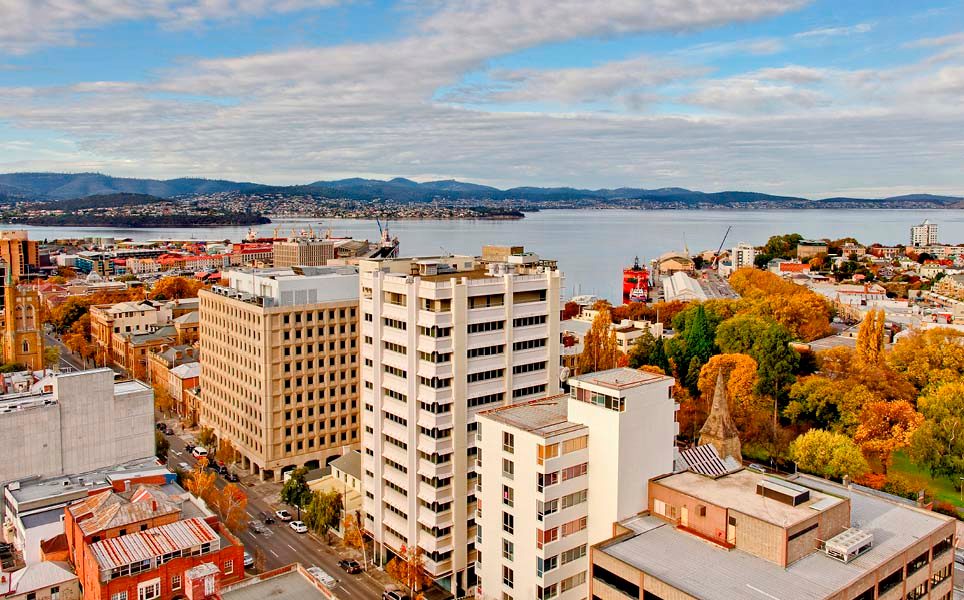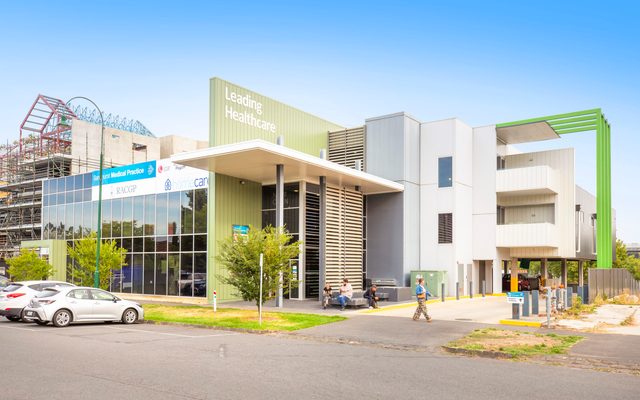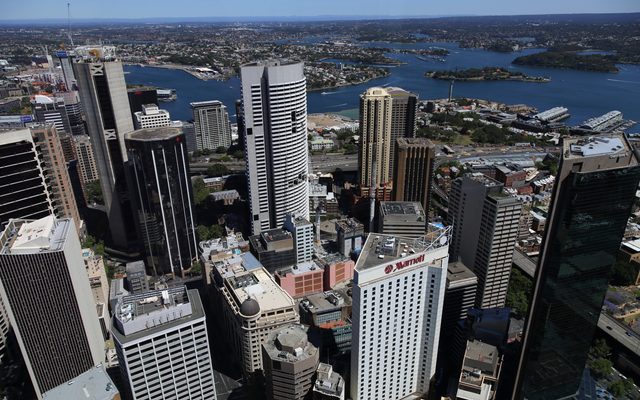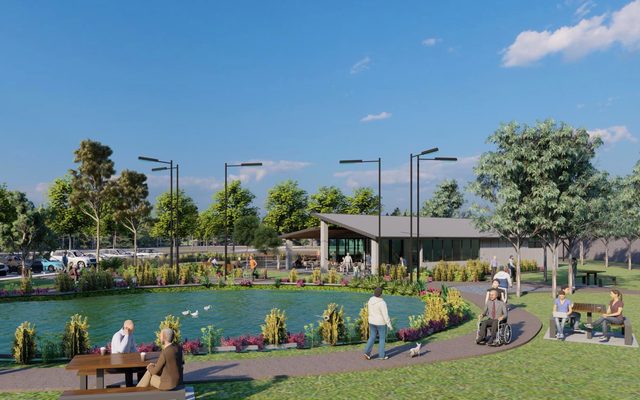This article is from the Australian Property Journal archive
HOBART and Canberra continue to have the best conditions for house price growth of the capital cities, while regional markets broadly offer the best prospects across the country, according to analysis from Propertology.
The research analysed the leading indicators across Australia’s 500-plus municipalities, such as the average time to sell, the volume of dwellings sold, vacancy rates, and a number of employment metrics, and found 53 locations on the cusp of stronger market conditions.
Propertyology head of research, Simon Pressley said the lag in property data meant prices had yet to officially firm significantly in many of the locations, but positive macro changes meant the signs of improvement were real.
Recent positive macro changes for the Hobart and Canberra property sectors are likely to see their price growth rates accelerate. Perth, Brisbane and Adelaide are all “at the right stage” of the property cycle with balanced supply and housing affordability, however Pressley said that while they will all produce some growth over the next 12 months, “it’s unlikely to be anything spectacular until such time as there is tangible proof of a meaningful lift of private-sector job growth”.
Auction clearance rates in Sydney and Melbourne have been strong, but the volume of transactions is too small a sample size to be basing bold predictions on. The two largest cities are most likely in for a prolonged period of very little capital growth and low rental yields. Further reductions in interest rates would put prices under more pressure.
Regional markets outperform
Pressley said a plethora of regional locations held the best prospects for capital growth, with affordability only one part of the equation.
He cited the New South Wales university city of Armidale, in the New England region, which has seen a significant reduction in real estate selling times, tightening vacancy rates, and has an “admirable” list of major projects, fuelling job growth and community confidence.
Armidale’s median house price has lifted by an annual average of 6.2% over the past 20 years, and still sits at an affordable $350,000.
Other regional NSW locations with positive trends showing up multiple metrics were Wagga Wagga, Coonamble, Parkes, Murrumbidgee, and Dubbo.
Pressley said the rebound in commodity prices that commenced a few years ago, as well as more recently in jobs growth, was now showing through in other property metrics.
“Regional property markets which support precious metals such as gold and copper are strengthening and include Mount Isa, Charters Towers, Orange, Cobar, Swan Hill, Bendigo, Kalgoorlie, and Roxby Downs,” he said.
A strong coal sector in Mackay, Moranbah, Emerald and Musswellbrook are likely to boost their house markets, and expansion in Western Australia’s iron ore and lithium resources sector is fuelling improved performances in Port Hedland, Newman, Karratha and Bunbury.
Bendigo was a standout in Victoria for its tight vacancy rates, growth in job advertisements, and a reduction in the average number of days for houses to sell from 62 in 2017 to 38 by the middle of this year. Wangaratta, Shepparton, Bairnsdale, Colac, Benalla, Swan Hill, Latrobe and Mildura are also showing positive signs. Growth cycles in Geelong and Ballarat appear to be nearly over.
Job creation “remains the missing link” in south east Queensland. Large job-creating projects under way and in the pipeline in Cairns and a very tight housing supply is one such example in the difference, Pressley said.
Markets are also tightening in Hervey Bay, Gladstone, Rockhampton, Townsville and Mackay while Beaudesert, Lockyer Valley and Warwick “definitely warrant consideration”.
Tightening has also been seen in the Perth locations of Armadale, Bayswater, Joondalup, Rockingham and Swan. Karratha, Port Hedland, Albany, Geraldton, Esperance and Bunbury all have good prospects.
Recent top performers
The best performing capital city over the past 12 months was Hobart, with median house price growth of 4%. Glenorchy (11.3%) and Clarence (10.4%) posted double-digit growth.
Prices in every other capital city either softened, flat-lined, or were mostly benign, Pressley said, and star performers over the past year were yet again regional locations.
“The common denominators among the economic profiles of each of Australia’s strongest property markets right now include regional tourism, agriculture, mining and infrastructure investment.
“In a lot of cases, local employment growth is drawing internal migration and placing extra pressure in property prices.”
In Queensland, Isaac posted a 34% increase in median house prices while Gympie, Noosa and Scenic Rim also continue to be steady.
Port Augusta (27%) and Roxby Downs (20%) were Australia’s second and third highest ranked locations, and Mount Gambier, Light, Renmark and Whyalla were also strong.
The Riverina and central west regions returned the biggest growth in NSW, while Dubbo, Orange, Parkes, Griffith and Wagga Wagga have a combination of strong rental yields and higher capital growth than most capital cities.
Kyabram and Echuca increased by 11% to lead Victoria, with Mildura (7%), and Bendigo and Ballarat continue to outperform Melbourne.
Launceston (5.5%), Burnie (7.1%) and Devonport (5.8%) in Tasmania each have growth potential.
“Affordable housing and controlled housing supply always go a long way towards underpinning solid property market performance,” Pressley said. “Strong or improving economies then become the driving force for real estate buyer confidence and price growth.”




